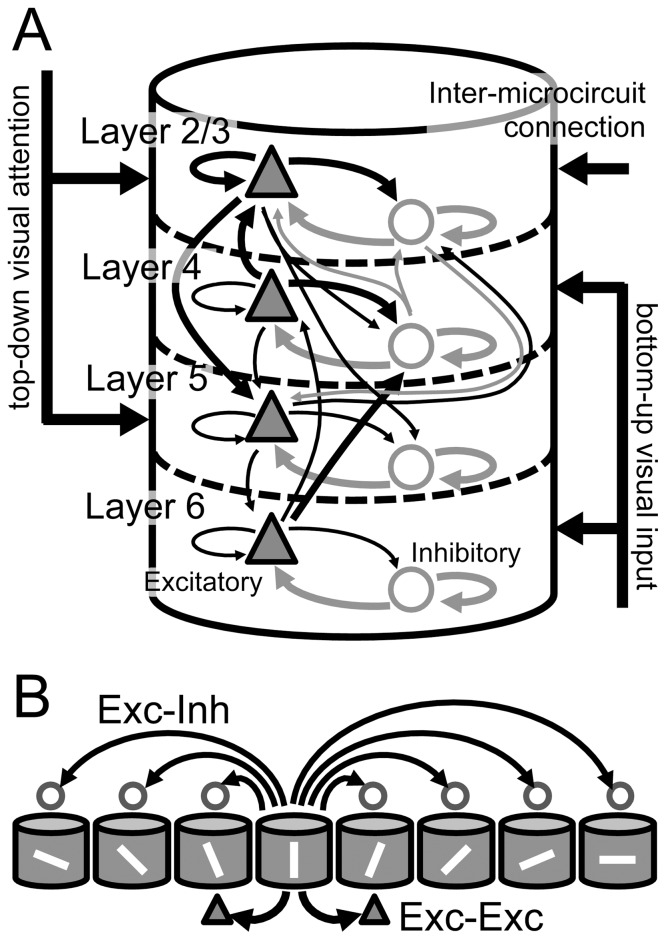Figure 1. Model architecture of layered visual cortical microcircuits.
A, Intra- and inter-laminar synaptic connections and external inputs of a multi-layered microcircuit. Our model has 8 orientation-selective unit microcircuits, each of which comprises 20,000 integrate-and-fire neurons and constitutes L2/3, L4, L5, and L6. Triangles and circles represent excitatory or inhibitory neurons, respectively. Thick arrows represent strong synaptic connections with connection probability C>0.13, and narrow arrows represent synaptic connections with C>0.065. Other weaker synaptic connections are not shown. Layer 2/3 mediates inter-mc connections among orientation-selective microcircuits. Visual stimuli mimicking oriented bars project to both L4 and L6, while top-down attention projects to L2/3 and L5. B, Inter-mc synaptic connection of our model. Oriented bars on cylinders represent the preferred orientation of the individual unit microcircuits. The microcircuit model has two types of inter-mc connections mediated within L2/3: one is the lateral inhibition among microcircuits mediated by projections from excitatory neurons in 1 microcircuit to inhibitory neurons in the others (Exc-Inh). The other type is excitatory-to-excitatory connections between microcircuits with similar orientation selectivity (Exc-Exc). We had set a higher connection probability for Exc-Exc connections than for Exc-Inh connections.

